That Useful Wine Site
Search, or just roll your cursor over the colored boxes farther below.click the “x” to dismiss Search-results block.
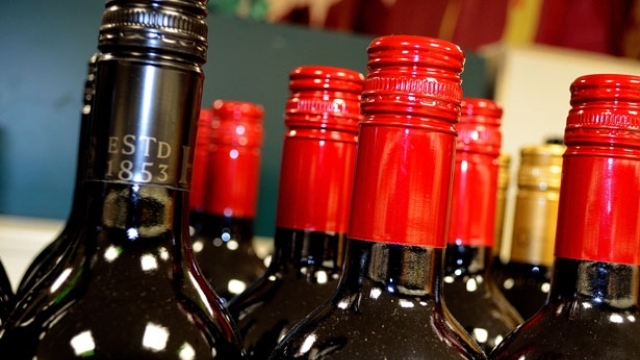
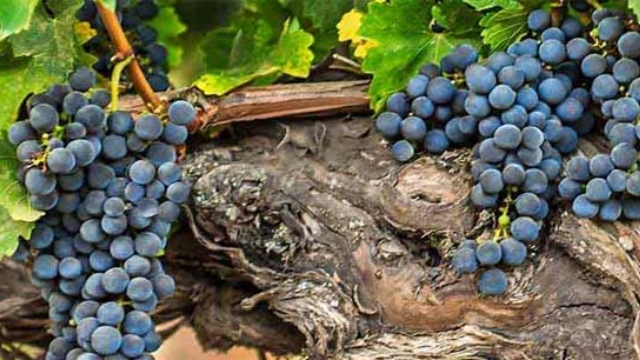
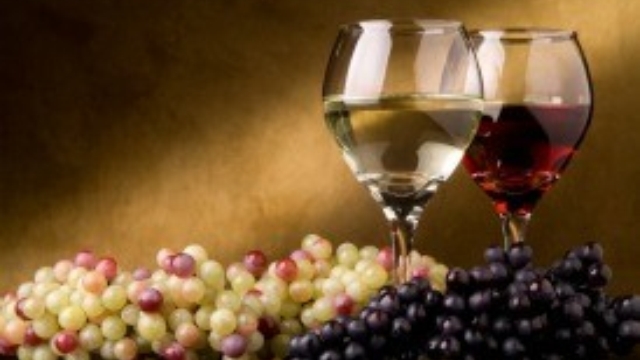
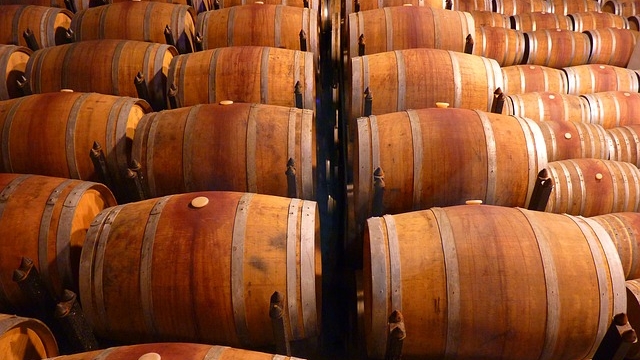
Advertisement:
Advertisement:
Quick page jumps:
(Synonyms: Alicant Belyi, Alicante Blanca, Belan, Belon, Bernacha Blanca, Fehér Grenache, Garnacha, Garnacha Blanca, Garnacho Blanco, Garnatxa, Garnatxa Blanca, Grkenas Mplan, Grenash beli, Grenash Belyi, Grenash Bjal, Lladanor Blanca, Rool Grenache, Silla Blanc, Sillina Lanc.)
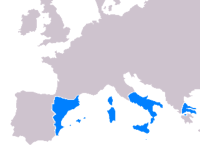
(Whether to call this grape, and its family relatives, by the French name of “Grenache” or the Spanish name of “Garnacha” is a tough call. We elected to use the Spanish designation for the red-wine grape—as Spanish lands were its original home plus nowadays more is produced in Spain than in France—but the French designation for the two white-wine varieties, as that seems to be what they are most commonly known as.)
Grenache Blanc is a white-wine grape originating as a color mutation of Garnacha Tinto (the Garnacha/Grenache family has three color varieties: Tinta = red, Blanca = white, and the less-known Gris, which also makes white wines); we found no indication of when the Blanc mutation arose, but as the main grape is quite ancient, the variant is likely old as well (the earliest known citation of it was in 1872, but it is almost surely significantly older than that). The original home of the Garnachas is most likely Spain, or rather the historical Spanish kingdom of Aragon at the time Garnacha appeared.
In modern times, Grenache Blanc has been mainly a French Rhône wine, but there is now a veritable explosion of interest in it in California. As there is a current fad for Rhône wines (both French and the Californians produced by the so-called “Rhône Rangers”), this variety has come in for its share of interest; fortunately, it deserves it. When well-made as a monovarietal, it makes wines that are rich and full-bodied, often quite aromatic and strongly flavored, especially if—as is common—it is barrel-aged in oak. There are also significant plantings in Croatia, Macedonia, California (where it is rapidly growing in acreage), and even South Africa.
A typical well-made Grenache Blanc is straw-colored, with aromas of complex citrus notes with stonefruit and green apple mixed—some even mention dill and other spices. Its taste mostly carries that through in a rich, full-bodied wine with medium to high alcohol levels and some perceptible minerality. It is a wine that should be drunk quite young, as aging risks oxidation.
Factoid: Grenache Blanc is in the top white-wine plantings in France; as to just where, reports vary from #9 up to #4, depending on whom you ask.
• This wine’s Wine Searcher “Reviews” page.
• This wine’s CellarTracker review pages.
• Retail offers of this wine listed by Wine Searcher.
• Retail offers of this wine listed by 1000 Corks.
• This wine’s Wine Searcher “Reviews” page.
• This wine’s CellarTracker review pages.
• Retail offers of this wine listed by Wine Searcher.
• Retail offers of this wine listed by 1000 Corks.
• This wine’s Wine Searcher “Reviews” page.
• This wine’s CellarTracker review pages.
• Retail offers of this wine listed by Wine Searcher.
• Retail offers of this wine listed by 1000 Corks.
• This wine’s Wine Searcher “Reviews” page.
• This wine’s CellarTracker review pages.
• Retail offers of this wine listed by Wine Searcher.
• Retail offers of this wine listed by 1000 Corks.
• This wine’s Wine Searcher “Reviews” page.
• This wine’s CellarTracker review pages.
• Retail offers of this wine listed by Wine Searcher.
• Retail offers of this wine listed by 1000 Corks.
We could find no reasonably available Grenache Blanc wines better enough than those listed above as to justify a “splurge” price.
Advertisement:
Advertisement:
|
|
This site is one of The Owlcroft Company family of web sites. Please click on the link (or the owl) to see a menu of our other diverse user-friendly, helpful sites. |
|
| (Note: All Owlcroft systems run on Ubuntu Linux and we heartily recommend it to everyone—click on the link for more information). | ||
|
All content copyright © 2024 The Owlcroft Company
(excepting quoted material, which is believed to be Fair Use). |
This web page is strictly compliant with the W3C (World Wide Web Consortium) Extensible HyperText Markup Language (XHTML) Protocol v1.0 (Transitional) and the W3C Cascading Style Sheets (CSS) Protocol v3 — because we care about interoperability. Click on the logos below to test us!
This page was last modified on Saturday, 30 October 2021, at 11:26 pm Pacific Time.
Some Descriptions of Grenache Blanc Wines
“Its wines are characterized by high alcohol and low acidity, with citrus and or herbaceous notes. Its vigor can lead to overproduction and flabbiness…Grenache blanc responds best to low fermentation temperatures which produces a fresh, dill-scented wine in its youth. The grape is fairly flexible in winemaking and can be exposed to malolactic fermentation, extended skin maceration, lees stirring as well as oak aging.”
“Although it is native to northern Spain, Grenache Blanc is best known for its role in southern French white wines and in particular as a member of the Chateauneuf-du-Pape blend. The light-golden, straw-colored juice of Grenache Blanc is increasingly produced as a varietal wine, though its use as a softener in a blend is still more common. It typically displays green-apple and stonefruit aromas and a fat texture. However it is considered to be very sensitive to terroir so can show considerable variation. Extra care is needed to avoid oxidation…”
“‘Green richness’ is the theme that carries through all Grenache Blanc wines. The aromas will burst with green fruit and citrus notes including Asian pear, green apple, unripe mango, lime zest, and white peach. Other flavors include subtle sweet floral notes of honeysuckle and fenugreek (or almost cumin seed) along with baked apple, brioche and lemon curd if the wine was aged in oak. On the palate it will be plump and rich with juicy pear flavors that lead into lean herbal notes of green almond or dried green herbs and salty minerals. Alcohol levels will range in the 13–15% range, giving the wine a spice-driven finish.”
“[I]t’s about as universally delicious as a white wine can be. If you’re into Roussanne, Marsanne, or Viognier, you’ll love Grenache Blanc. And if Chardonnay and Sauvignon Blanc sit a bit too far to the ends of the white wine spectrum for you, you’ll love the ‘go-between’ style of good ol’ G.B. It’s a triple threat—great texture, full body, and lovely aromatics—and its rich, nutty, nutmeg-and-cinnamon spice notes also make it the ideal white wine for both spring and fall.”
“Light-berried Grenache, planted all over southern France and northern Spain, as Garnacha or Garnatxa Blanca, producing full-bodied, sometimes rather flabby wines which can oxidise easily, although careful winemaking can make attractively scented wines for early drinking.”
“It is naturally quite low in acidity and can accumulate sugar readily leading to high alcohol levels. Good management in the vineyard is therefore essential. Restricting yields and harvesting before sugar levels peak helps to preserve acidity, as well as fruit flavor, and results in better control of potential alcohol. It does reflect its terroir and takes well to oak, but care is needed as it oxidizes easily. It is often fermented at low temperatures in stainless steel tanks, without malolactic fermentation, to preserve a vibrant fruit character. At its best, Grenache Blanc is a delicious full bodied wine with a luscious texture. Aromas of apple, stone fruits and white flowers are followed by flavors of green apple, honeydew melon, lemon, white peach, apricot and herbs, together with a delicate spiciness and subtle mineral notes. It can also be creamy if aged on its lees and may display oak flavors. An additional feature is its long lingering finish, which adds greatly to its appeal. Increasingly, Grenache Blanc is being produced as a varietal wine and depending on where it is grown it can share many characteristics with Viognier and Marsanne…Grenache Blanc wines are best enjoyed young as they have a tendency to oxidize quite easily.”
“Grenache Blanc is often yellow gold in color, taking on the color of its ripe stems. Aromas and flavors in single varietal Grenache Blanc tend to dried herbs, white stonefruit, lychee, tangerine zest, and notes of saline minerals, underbrush and anise. Maturation in neutral or used oak contributes to texture and complexity without noticeable oak flavors…In France Grenache Blanc is typically blended, while single varietal Grenache Blanc is often found in Spain and the US. Styles of single varietal Grenache Blanc vary widely from lightly flavored, mineral infused wines to lush and richly flavored. The former are somewhat more common to Spain, while the latter are more common to California. The Washington State Grenache Blanc we tasted falls somewhere in the middle and shows more citrus notes.”
“Part of grenache blanc’s delicious appeal, to me, comes from balance. With a drinking experience reminiscent of sauvignon blanc or a very crisp chardonnay, grenache blanc tends to be generous and bright all at once, rich and crisp, full and vibrant. That makes this easy-drinking white wine as a much a perfect afternoon sipper as a dinner table companion for dishes like sushi and pork chops.”
“Grenache Blanc is prized for its rich, bright flavors, crisp acidity, and high alcohol. Wines are typically low in acidity with citrus and herbaceous notes. It is a vigorously growing vine which can lead to overproduction and diminished quality if yields are not controlled. Grenache Blanc grapes are flexible in the wine making process. They respond well to low fermentation temperatures, which will produce fresh, herbal scents. It’s noteworthy that Grenache Blanc also tastes well served at chilled temperatures when its crispness is at the forefront…Single varietal bottlings of Grenache Blanc are straw colored wines characterized by crisp acids, green apple and mandarin aromas, and flavors of apple, mineral and peach. It responds well to malolactic fermentation as well as oak aging.”